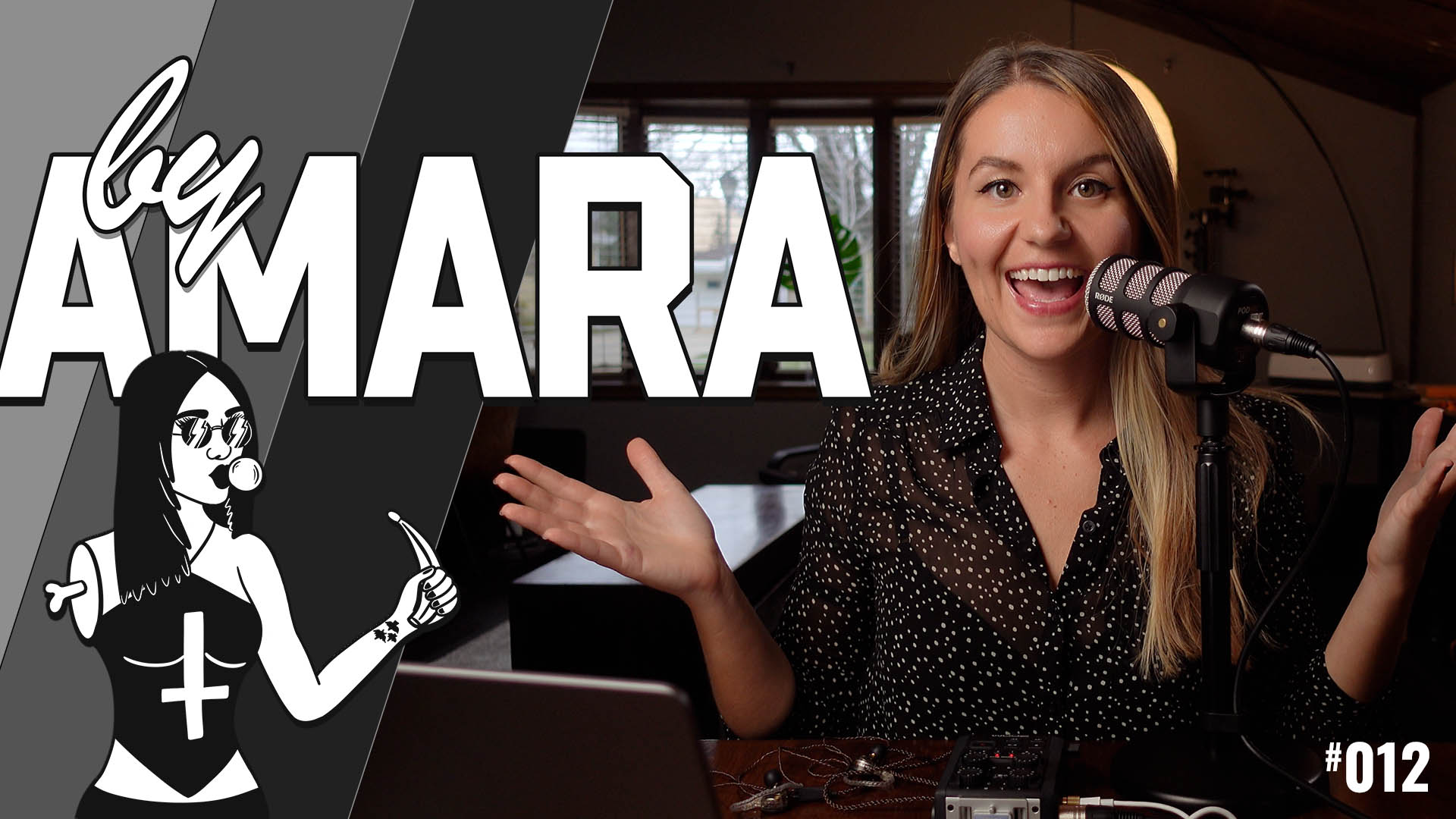FINALLY, a successful case of ancient items being returned home! A few weeks ago, 6 ancient artifacts were returned to Turkey from the United States! 🥳
Transcript
I finally have a repatriation story with a currently pleasant ending!
On October 22, 2022, six ancient artifacts that had been stolen from Turkey were returned from the United States!
It’s unclear when these items were actually stolen from Turkey, but the 6 items included:
- A human-sized bronze statue of Roman emperor Lucius Verrus from the 1st or 2nd century CE,
- sarcophagus fragments from the ancient city of Perge in Anatolia,
- Attis and Apollo figurines from the early Roman and Hellenic periods,
- a Kasura-type idol from the early Bronze period,
- and a terracotta slab from the Phrygian period.
While these items were returned as part of this joint effort, this initiative was actually started one lone woman. And this one lone woman was actually Turkey’s first female archaeologist, the late professor Jale Inan.


